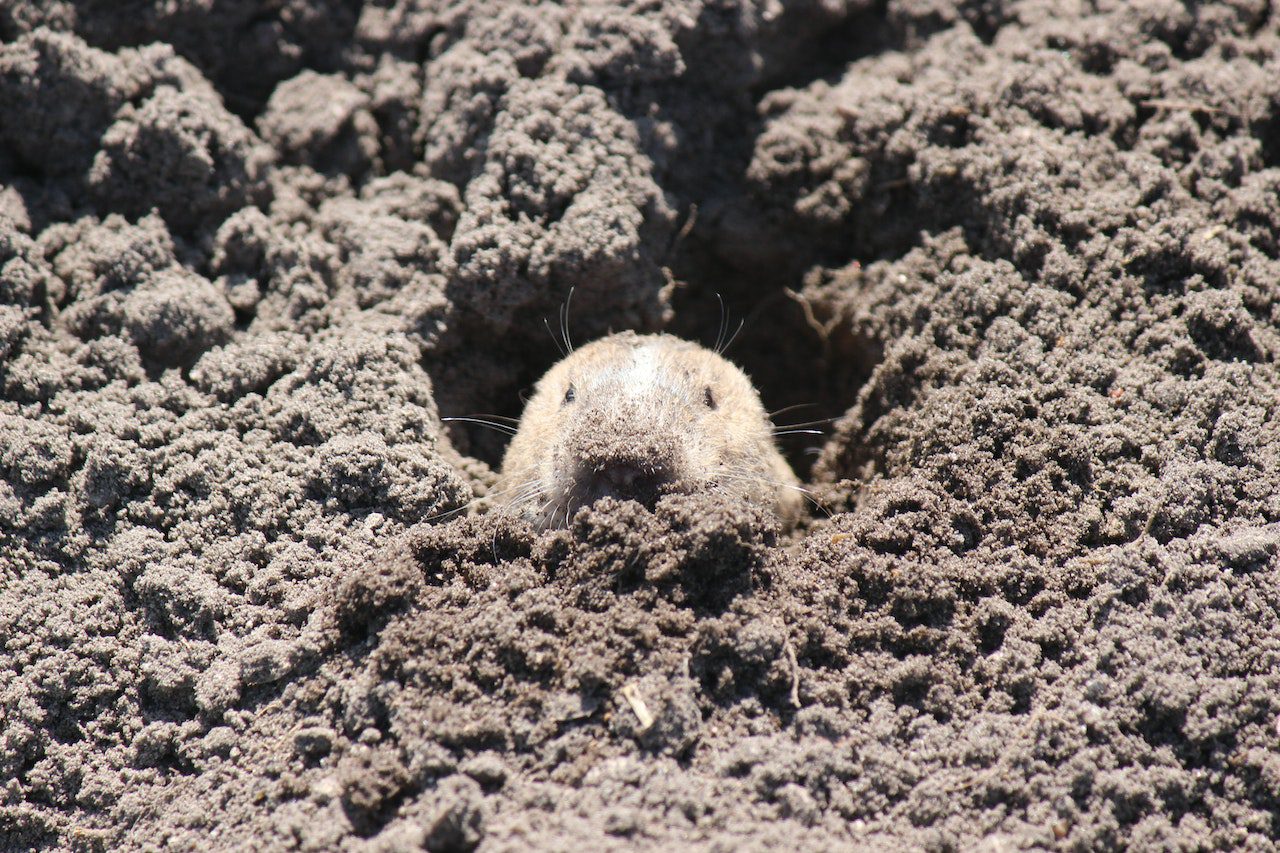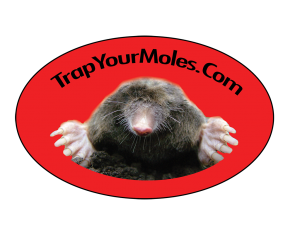
Gophers and moles are two common underground pests that homeowners often mistake for each other. Although they may look similar, they have distinct differences in appearance, habitat, behavior, and diet. To help you better understand this, we will be exploring the difference between gophers and moles and how to identify and control them.
Appearance
Gophers and moles have different physical features that set them apart. Gophers are medium-sized rodents that range in size from 5 to 14 inches long, including their tails. They have stocky bodies with short legs and powerful claws that they use to dig tunnels and burrows. Gophers have fur that is usually brown or gray and can have a striped or spotted pattern.
Moles, on the other hand, are smaller than gophers, measuring only about 6 to 8 inches in length with short tails. They have long, narrow snouts and large front feet that are adapted for digging. Moles have velvety fur that is usually gray or black and lacks any visible stripes or spots.
Habitat
Gophers and moles also have different habitat preferences. Gophers are commonly found in open fields, pastures, and meadows, where they feed on grasses, roots, and other plants. They prefer well-drained soil and are often found in areas with loose, sandy soil. Gophers are also known for their extensive tunnel systems, which can cover up to 2,000 square feet.
Moles, on the other hand, prefer to live in moist, loamy soil, such as gardens, lawns, and wooded areas. They feed on insects, grubs, and earthworms, which they locate using their keen sense of smell. Moles also create complex tunnel systems, but their tunnels are usually closer to the surface than gophers and are often visible as raised ridges or mounds in lawns and gardens.
Behavior
Gophers and moles have different behaviors that can help distinguish them from each other. Gophers are diurnal, meaning they are active during the day, and can often be seen above ground. They are also territorial animals and will aggressively defend their burrows from other gophers and predators.
Moles, on the other hand, are nocturnal, meaning they are active at night and rarely seen above ground. They are solitary animals and do not defend their territory. Instead, they will often share tunnel systems with other moles, which can make them difficult to control.
Diet
Gophers and moles also have different diets. Gophers are herbivores and primarily feed on plant roots, tubers, and bulbs. They will also eat above-ground vegetation, such as grasses and clover. Gophers have a high metabolic rate and must eat frequently to maintain their energy levels.
Moles, on the other hand, are insectivores and feed on insects, grubs, and earthworms. They have a slower metabolic rate than gophers and can survive for longer periods without food.
Control
Controlling gophers and moles can be challenging, but there are several methods that homeowners can use to manage these pests. Gopher control methods include trapping, baiting, and exclusion. Trapping is the most effective method for controlling gophers, and there are several types of traps available, including box traps, snap traps, and tunnel traps. Baiting is also an effective method for controlling gophers, but it can be dangerous to pets and other wildlife if not used correctly. Exclusion is another method that can be used to prevent gophers from entering gardens and other areas. This involves installing wire mesh barriers around the perimeter of the area to be protected.
Mole control methods include trapping, repellents, and exclusion. Trapping is the most effective method for controlling moles, and there are several types of traps available, including scissor traps, harpoon traps, and tunnel traps. Repellents can also be effective, but they must be applied regularly and may not work for all species of moles. Exclusion is another method that can be used to prevent moles from entering gardens and other areas. This involves installing wire mesh barriers around the perimeter of the area to be protected.
Conclusion
While gophers and moles may look similar, they have distinct physical features, habitat preferences, behaviors, and diets that set them apart. Understanding these differences is essential for proper identification and control of these pests. Homeowners should use a combination of trapping, baiting, repellents, and exclusion to manage gophers and moles effectively. By using these methods, homeowners can protect their lawns, gardens, and other areas from these destructive pests.
Do you need the best mole-trapping pros in Cincinnati? Trap Your Moles is a reliable team that can handle your mole worries. Contact us today to get a FREE consultation!







No comment yet, add your voice below!